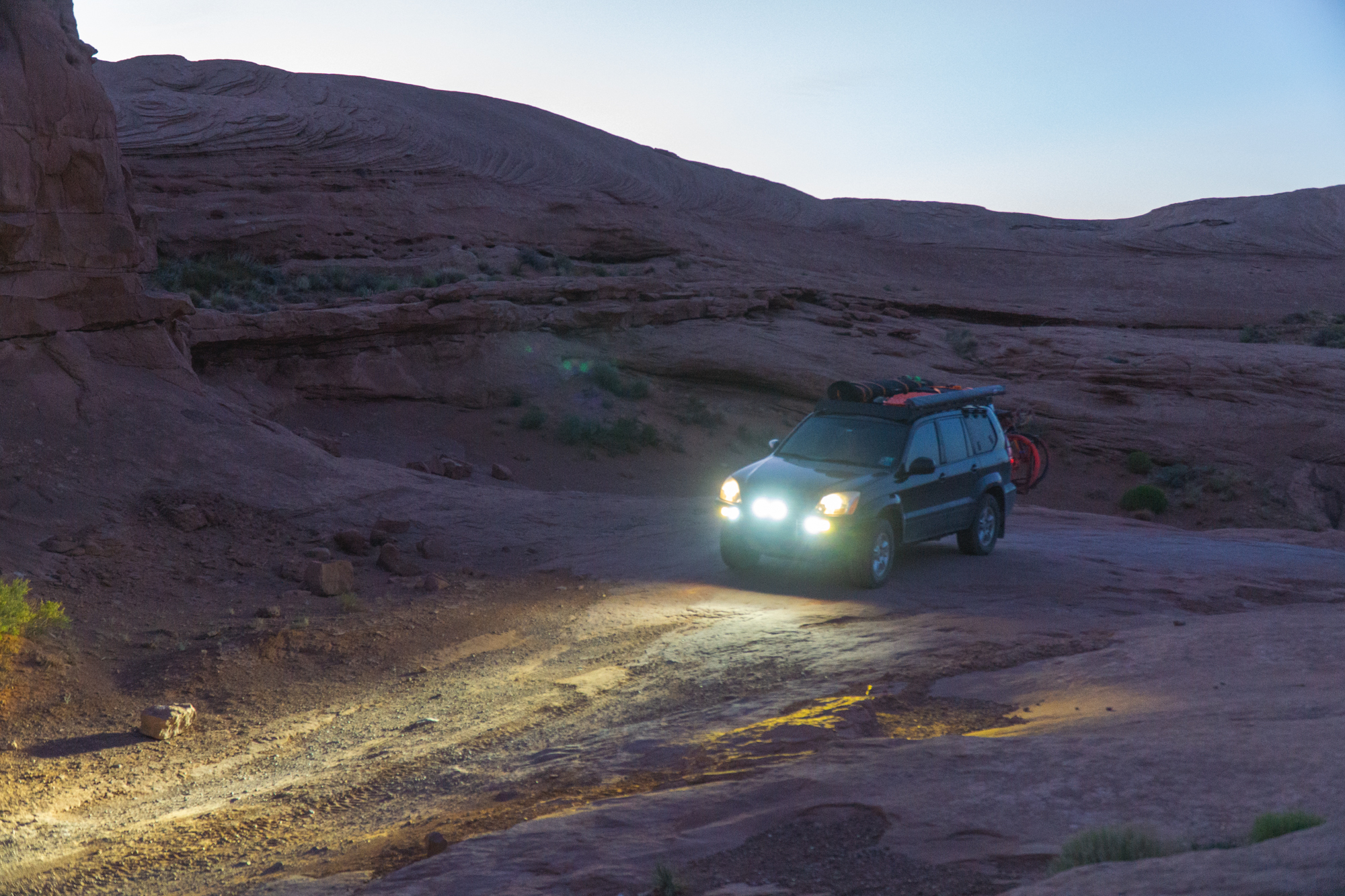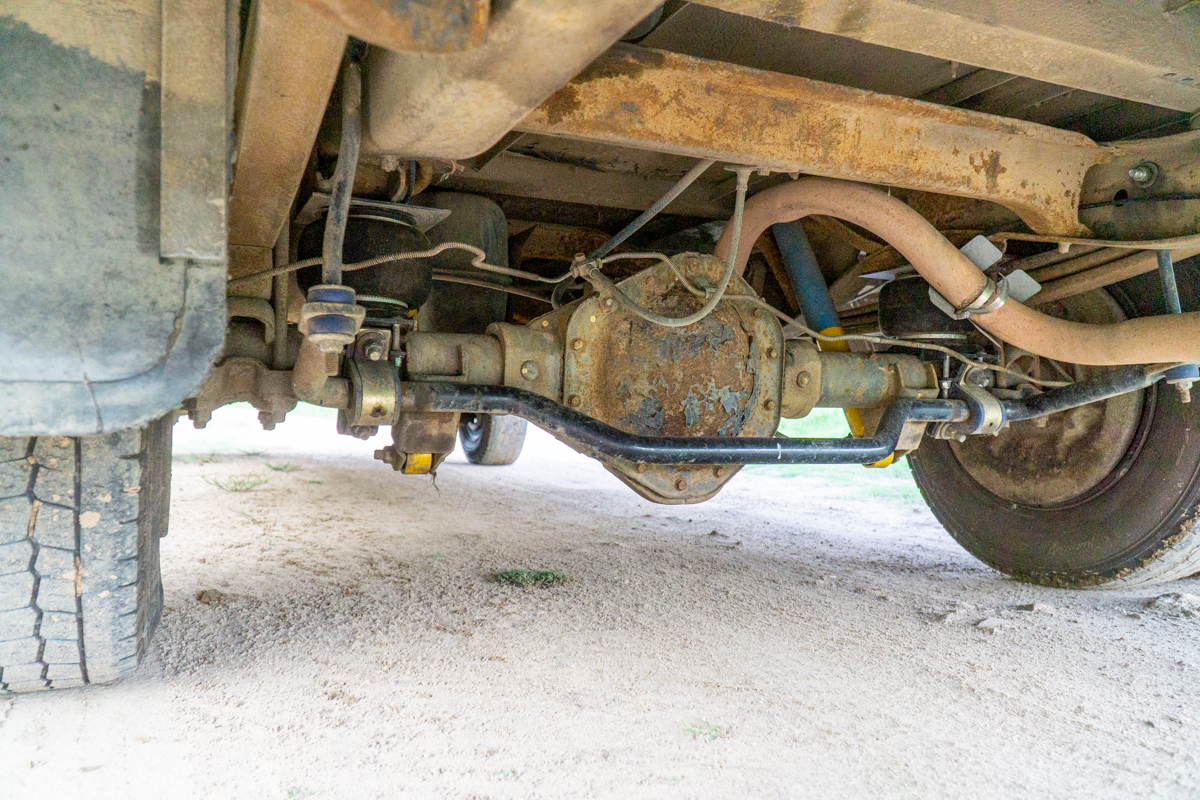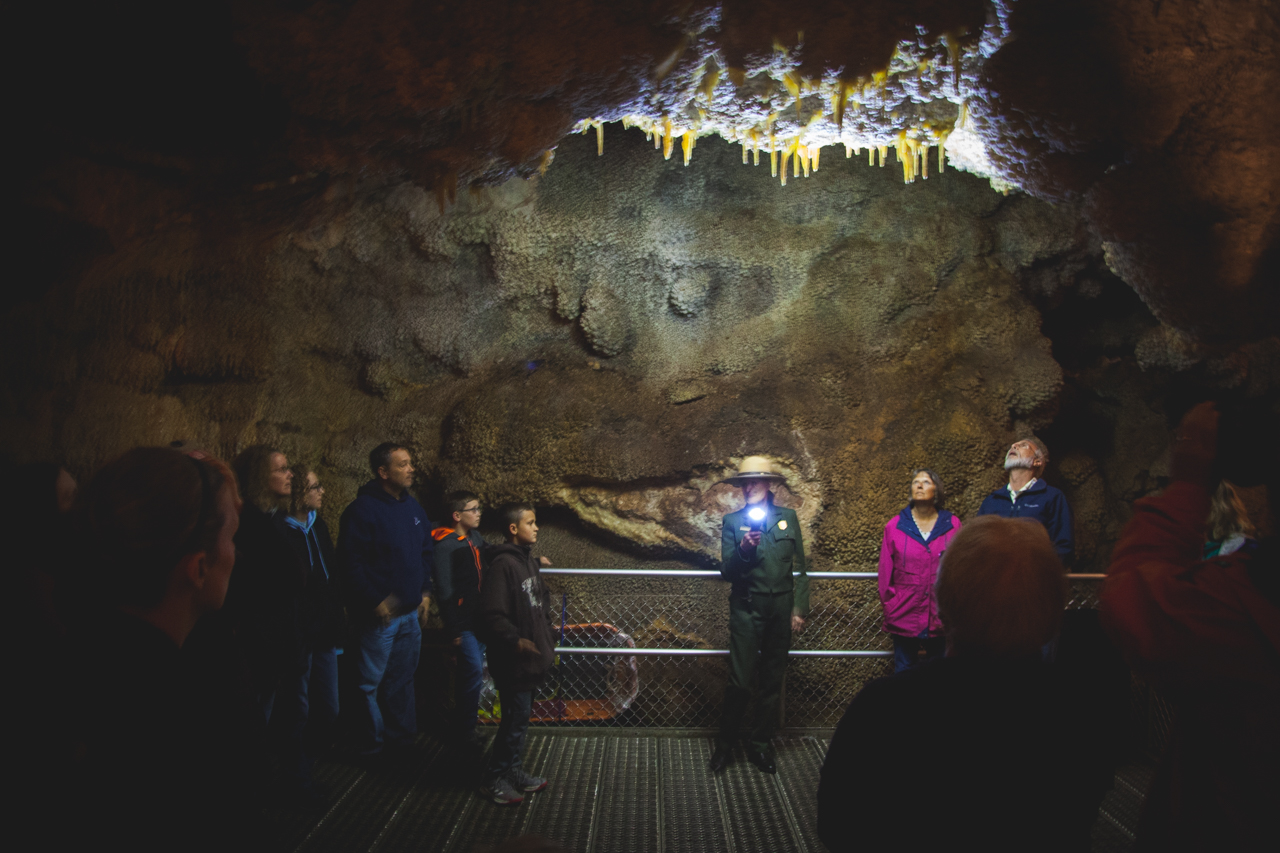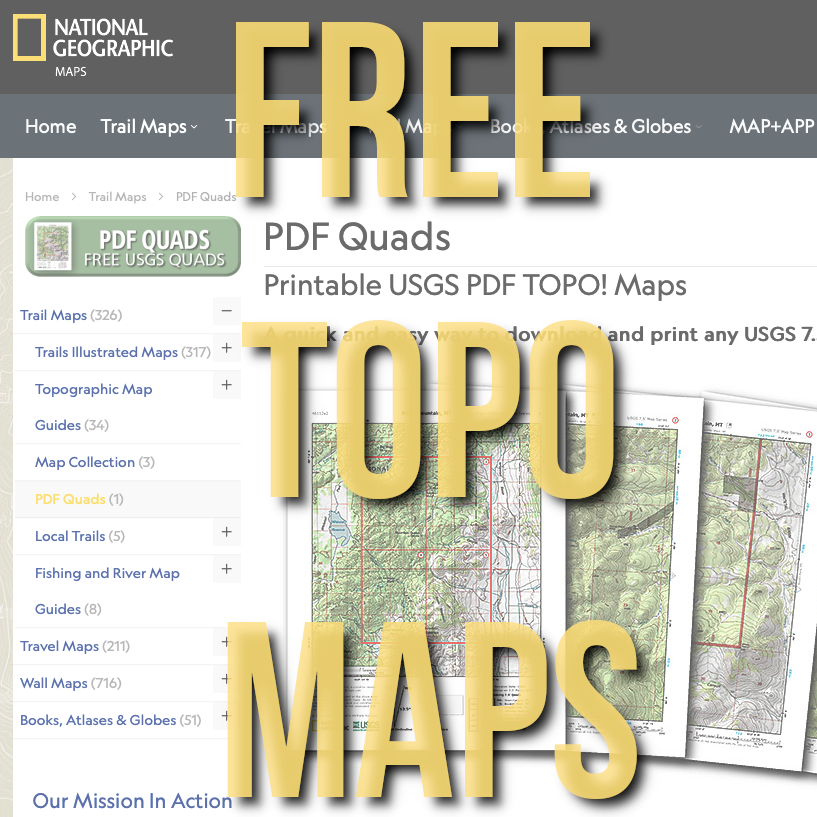Dryspec D20 Motorcycle Saddlebags- The Best Affordable Motorcycle Luggage Solution
It seems like adventure motorcycle riding has become increasingly popular in recent years, much like overlanding, “tacticool” shooting, and gravel cycling. In a sea of









